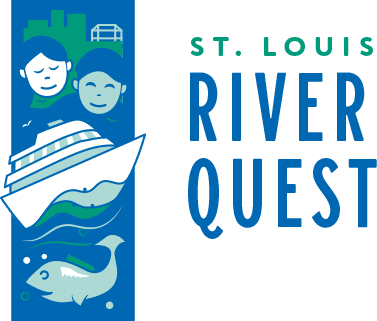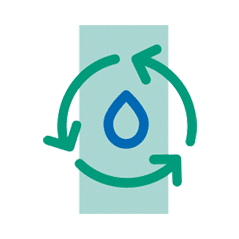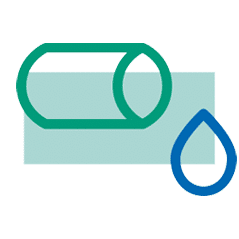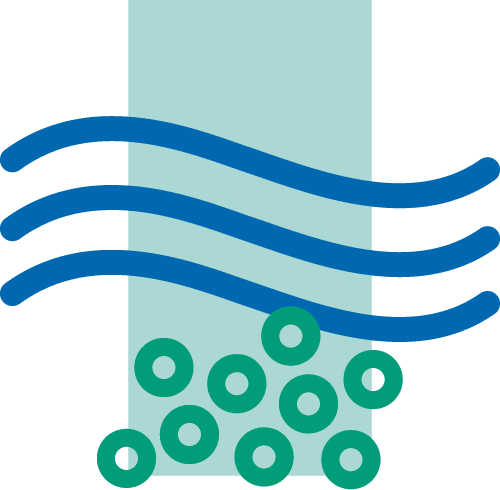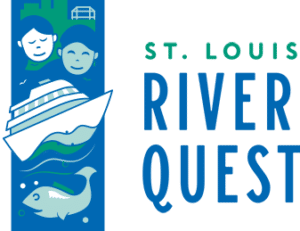Synopsis
The Port of Duluth-Superior
By far the largest tonnage port on the Great Lakes – and among the top 20 ports in the nation – the Port of Duluth-Superior handles an average of 35 million tons of cargo and nearly 900 vessel visits each year. The Port supports more than 7,800 jobs and generates more than $1.4 billion in business revenues. Huge lake carriers (“lakers”) and smaller oceangoing ships (“salties”) carry mostly bulk cargoes of iron ore, coal, limestone, grain, cement and salt, plus general cargoes like wind components and other equipment.
Located the farthest inland at 2,342 miles from the Atlantic Ocean (less than a week’s sailing time), the Port of Duluth-Superior links North America’s heartland to the rest of the world via the Great Lakes St. Lawrence Seaway System. The Port sits at the mouth of the St. Louis River, which means we are at the headwaters of this entire inland waterway system – a binational marine highway that is bordered by eight U.S. states and two Canadian provinces.
To get to the Twin Ports from the ocean, salties must move through 16 locks to safely navigate a nearly 602-foot elevation change in water levels from sea level to Lake Superior – including eight locks in Buffalo, New York, alone (i.e., the Welland Canal, which bypasses Niagara Falls). Lakers spend their entire working lives on four of the five Great Lakes, being too large to navigate any of the locks except the Soo Locks at Sault Ste. Marie, Michigan. Ballast water is used to stabilize ships—to keep them “trimmed” when carrying no cargo or partial loads. Ballast keeps propellers submerged and distributes stresses so the ship doesn’t break in half. On a 1,000-foot laker, nearly 14 million gallons of water will be pumped out while 70,000 tons of iron ore or coal is being loaded.
The maritime industry is committed to ballast water exchange/treatment methods that prevent the potential transport of aquatic invasive species. No new aquatic non-native species confirmed to be introduced through ballast water have become established in the Great Lakes since 2006. Moving cargo by water remains the safest, most fuel-efficient, cost-effective and environmentally-friendly mode of transportation.
